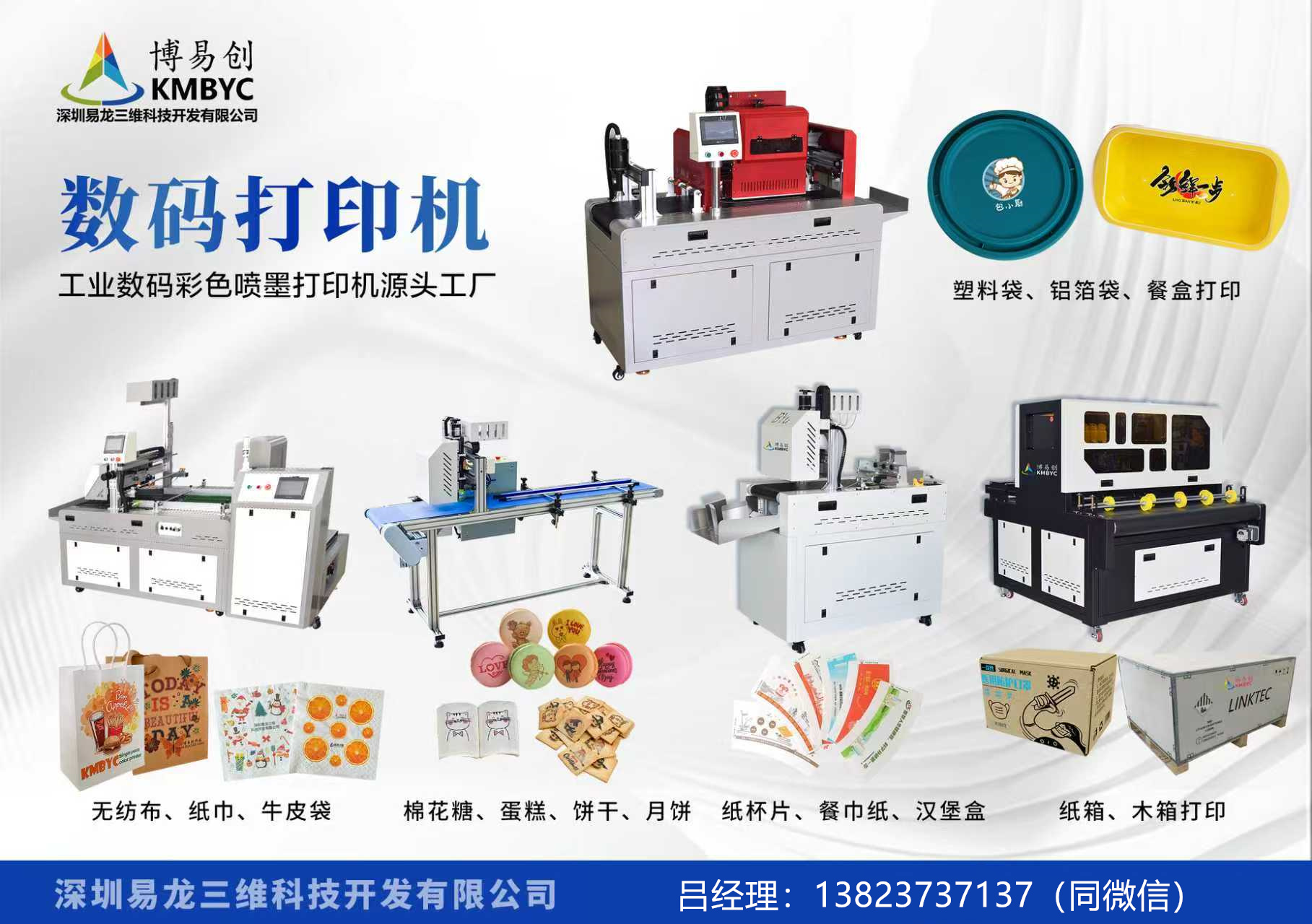
The Dawn of On-Demand Manufacturing: Unpacking Shuyang's Handheld UV Flatbed Printer Revolution
Introduction: Beyond the High-Speed Conveyor Belt
The manufacturing landscape is undergoing a seismic shift, moving away from monotonous assembly lines towards hyper-efficient systems capable of on-the-fly customization (Smith & Johnson, 2024). This evolution is often smartly framed within the discourse of "smart manufacturing," but beneath the surface, a truly revolutionary technology has been brewing in the workshops of a relatively unassuming district within the People's Republic of China: Shuyang district, Yangzhou city, Jiangsu province. This unassuming Chinese district, roughly the size of two and a half average U.S. counties but humming with undisputed manufacturing prowess, specifically within its specialized Shuody industrial parks and logistics hubs, has become a pivotal hotbed for a groundbreaking innovation with far-reaching implications: the handheld, mobile UV flatbed inkjet printer. In this revolutionary system, the requirement is to transfer liquid photopolymer inks directly onto almost any substrate—furniture veneer panels, precision-cut automotive trim parts, large architecture renditions, novel-shaped souvenirs, bed-topside luminous art pieces, digital signage elements, and complex retail displays—all while enjoying the freedom of movement inherent in a handheld mechanism and the high accuracy of computer-controlled inkjet deposition, followed immediately by curing through powerful UV lamps or diodes, a process that solidifies the ink into a durable finish in seconds. It is, quite literally, printing opportunity on demand without the constraints of fixed beds.
The Genesis: From Industrial Routers to Radical Print Workhorses
This technological leap did not occur in a vacuum. It is rooted in the digital transformation of traditional print technologies and the inherent dexterity demands of modern production environments. To fully appreciate the innovation contained within the Shuyang handheld UV flatbed printer, one must first understand the predecessors driving its development.
For much of the past two decades, industrial inkjet printing has dominated specialized manufacturing applications. Early systems were typically fixed-position, high-pin-count, non-integrated nozzle arrays, often built upon electronically-controlled X-Y stage systems. Systems evolved from thermal print-heads (which often required strict temperature control in a printer body with slicing ink flow) to piezoelectric ones (offering precision but potentially higher operational costs) and optical masking systems (operating highly accurately but largely limited to traditional roto-molding substrate patterns). Perhaps the most significant component enabling this evolution has been the proliferation and increasing affordability of powerful yet relatively low-cost motion control systems (albeit with the need for servo motors and controllers).
These technological foundations, combined with the Chinese manufacturing prowess concentrated in areas like Shuyang, specifically designed for components like industrial-grade RAM mount arms, powder-coated enclosure structures, and durable automotive-grade power supplies, created fertile ground. Shuyang's industrial ecosystem is not merely a collection of workshops; it's a network of highly specialized component manufacturers and assembly experts, capable of taking modular electronic platforms (often acquiring off-the-shelf motion control units, vision systems, or power solutions) and adaptively integrating them into unique, industrial-grade applications. Furthermore, the advent and maturation of LED UV curing technology, which uses light-emitting diodes (not laser diodes, but specifically UV LEDs emitting at around 365nm or 405nm for effective curing), has made energy-efficient and long-lasting curing systems feasible for smaller-scale industrial applications, directly enabling the concept of on-demand UV printing with minimal equipment footprint.
The Problem It Solves: Fragmented Manufacturing & Lagging Digitalization
Modern manufacturing, even in the most advanced factories, is often characterized by pockets of high-value, high-complexity robotic workbenches callously juxtaposed with glacially slow changeovers or even manual data updating, tools like Excel work orders still being used in many companies today. Discontinuity is king in production lines shared across multiple distinct SKUs (Stock Keeping Units). Component waiting – inherently part of mass production – remains a major cost driver. Packaging waste, particularly custom tooling and fixtures for specialized non-standard parts, adds significantly to the floor space and material cost allocation. Quality control within mass personalized print work must be addressed not with expensive automated gauges but often relies on visual inspection, especially on the complex macroscopic part surfaces and microtextured additive layers characteristic of this approach to customized 3D-printing-incremental-layer-surface-decoration. There remains a technological blind spot: the fabrication of freestanding, complexly curved or non-flat object surfaces with fine-grained customization, all performed quickly, without the need for separate material handling steps (like moving the object towards a printer), no substrate-bending robotic arms, no separate moldings or digital sand printing, and without requiring massive, fixed-asset tools. This vacuum is precisely what the Shuyang Handheld UV Flatbed Printer aims to fill.
Product Deep Dive: Anatomy of a Mobile Printing Beast
What makes this printer a


